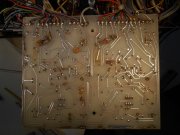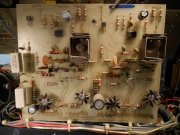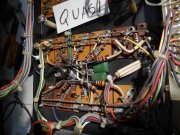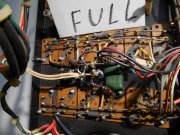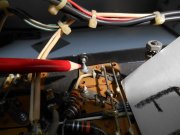Peter S
Journeyman
Thanks Guys!
You all make me feel very welcome. The 'boss' says play time is over for today. Quick question, I see main filter caps a White Oaks, does Joe also sell output transistors? or can anyone recommend a good source (preferably with distributors in Canada?) I have actually bought a set of counterfeits about 6 months ago.
You all make me feel very welcome. The 'boss' says play time is over for today. Quick question, I see main filter caps a White Oaks, does Joe also sell output transistors? or can anyone recommend a good source (preferably with distributors in Canada?) I have actually bought a set of counterfeits about 6 months ago.

